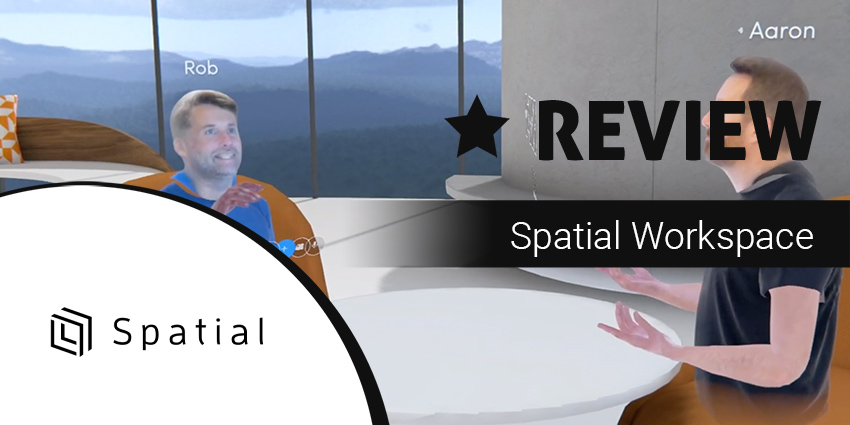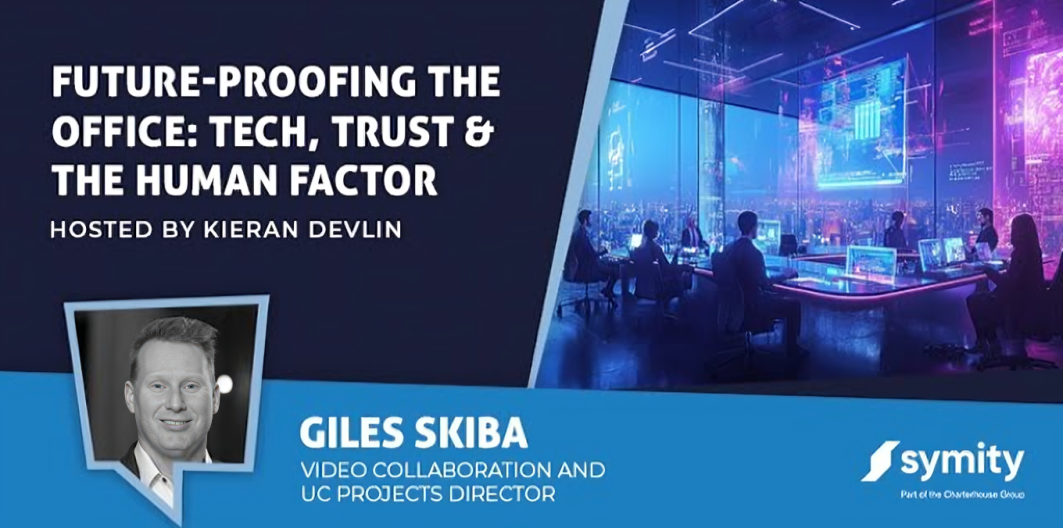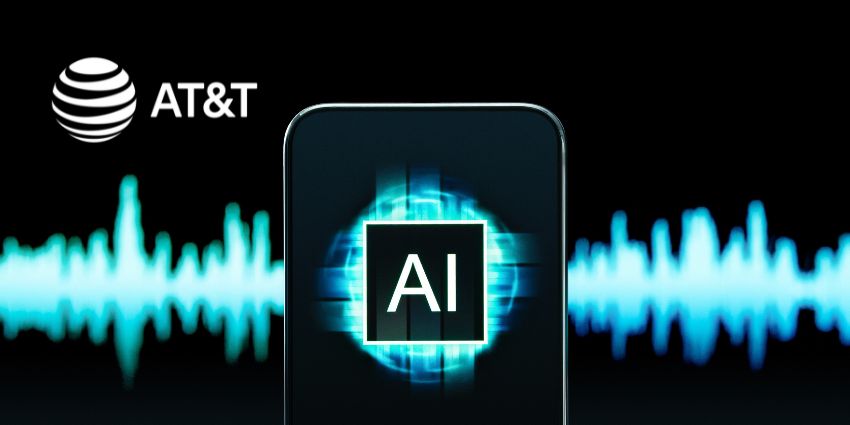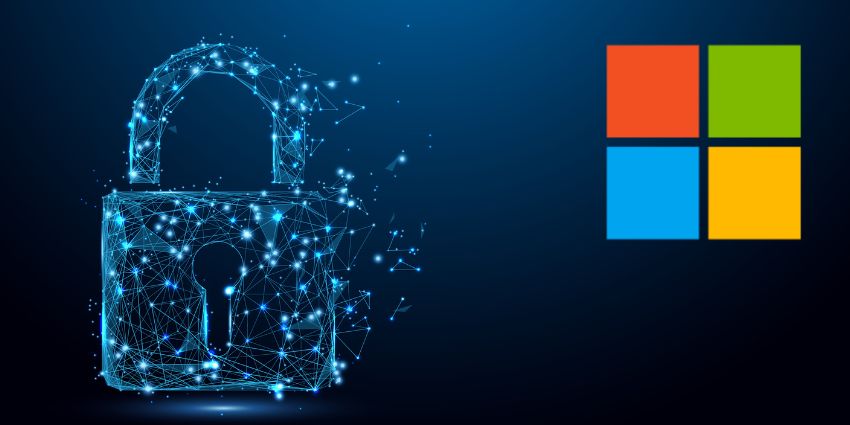We introduced readers to the arrival of a disruptive new workplace experience with Spatial back at the beginning of 2020. Even then, the promise of a digital workplace with no need for travel or in-person interaction was an exciting one. Now, a distributed workplace is practically a must-have, and tools like Spatial could lead the way to the environment of tomorrow.
The Spatial workplace intends to give you a new insight into what the workplace could truly be like. Rather than throwing you into a virtual reality setting, Spatial augments the environment you’re already in with virtual content and avatars.
I recently had a chance to experience the full Spatial AR experience for myself, and this is what I found out.
Spatial Review: What Can It Do?
Spatial began life around 4 years ago, with founders who believed that extended reality is the future of the workplace. According to the team, with AR and VR, we can match the feeling of in-person collaboration, with team members all over the world.
Using a combination of disruptive technology, the Spatial system creates 3D representations of the content and people in your meeting. You don’t need to use a special headset to access the experience, as everything is cross-platform, ideal for employees with different tools. You can also join meetings from a PC or mobile browser.
For collaboration, Spatial creates a 3D representation of each person in the meeting room, allowing them to essentially step into the office with another employee.
These avatars can scribble ideas on whiteboards with their hands, and instantly search for ideas and information, then pull content up into a shared space. Integrations with things like Dropbox and SharePoint make it easy to access information.
As soon as you log into Spatial, you’ll see a content button that demonstrates all of the ways you can pull information into your virtual space. It’s also possible to create pre-set rooms that already include the kind of features you need, like virtual whiteboards.
When you’re in the AR environment with spatial, it’s quick and simple to share everything from videos to documents and models. Plus, your colleague gets the view of your virtual avatar to make it feel like you’re there. Drag-and-drop functionality on the Spatial meeting environment also allows you to throw the information from your phone into the landscape.
Constantly working on new ways to make the experience even more impressive, Spatial is taking full advantage of the new demand for collaborative and virtual meeting spaces. The company has already grabbed the attention of brands like Mattel and BNP Paribas, and the number of dedicated clients is growing all the time.
Spatial Review: The Benefits
Spatial’s AR meeting environment is generating massive attention, not just from businesses, but consumers too – with a 1000% uptick in interest. As people continue to feel disconnected when working from home, Spatial brings a new level of “presence” into the meeting environment.
Perhaps the most impressive thing about Spatial is that it allows you to interact with everything – not just the content in your digital landscape, but the things in the virtual space too. Benefits include:
- Easy brainstorming and note sharing: You can add content to your virtual conversation easily, with graphs, models, documents, pictures, videos, and even content dragged straight from your phone. Brainstorming with sticky notes and whiteboards is a fully immersive experience
- Simple integrations: Since we already have countless tools in the virtual collaboration environment that many of us rely on, Spatial works with the service you already have, like Slack and Google Drive, so you can access content faster
- True immersive collaboration: With virtual avatars, you can actually step into the same room as your colleagues, sharing spaces all over the world. This takes things like video conferencing to the next level, to make teams truly collaborative again
- Mobile functionality: If you don’t have a headset, you can still collaborate in the Spatial experience. The team is currently working on a mobile app that allows people to move objects and present as an avatar from their smartphone
- Simple gesture control: Spatial throws you into an immersive environment where you can control the world around you with nothing but gestures and simple movements. Your room is a monitor, and your hands are the mouse you can use to find information, move ideas, and even scribble on whiteboards
One particularly impressive thing about Spatial is that you can use a variety of different equipment from various providers to get involved. This ensures that companies from all backgrounds can step into the new meeting room without having to invest in a new setup.
What’s more, once you’ve collaborated on ideas and brainstorms within Spatial, you can save all the images, documents, and whiteboard information so that you can revisit it at any time or share it with other people in the company.
In the video below, Rob Scott, Publisher at UC Today, puts on his virtual reality headset, and gives you a tour of Spatial’s latest collaboration solution.
The Potential of AR Meeting Rooms
With 3D animated avatars and seamless content sharing, Spatial transforms any space into a digital collaboration hub, with an overlay of augmented reality technology that enhances the physical world. It’s like adding a brand-new office over the top of your existing room, with access to all the futuristic features that you could only have dreamed about a few years ago.
Stepping into the Spatial environment feels like standing in the future. There’s no limit to what you can do with content that appears like holographs around the users, and truly lifelike animations that can gather information about your movements and body language to make interactions feel more natural and human.
The Spatial workspace has earned the descriptor of “Facetime in VR” from EnGadget, but it feels like so much more than that when you’re actually in the environment. Experiencing the AR workplace myself was unlike anything else I’ve ever seen, and it’s easy to see how this experience could mark the future of the new workplace. In an age after the pandemic, where we need to find more collaborative ways to be present in a shared meeting space, Spatial has it all.







